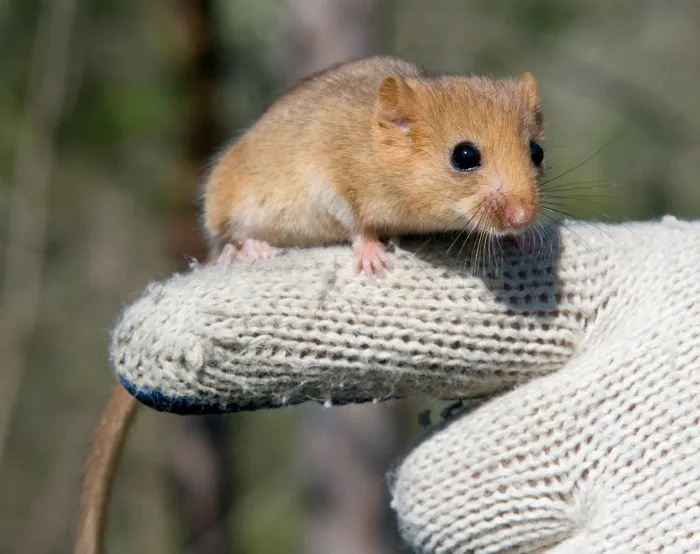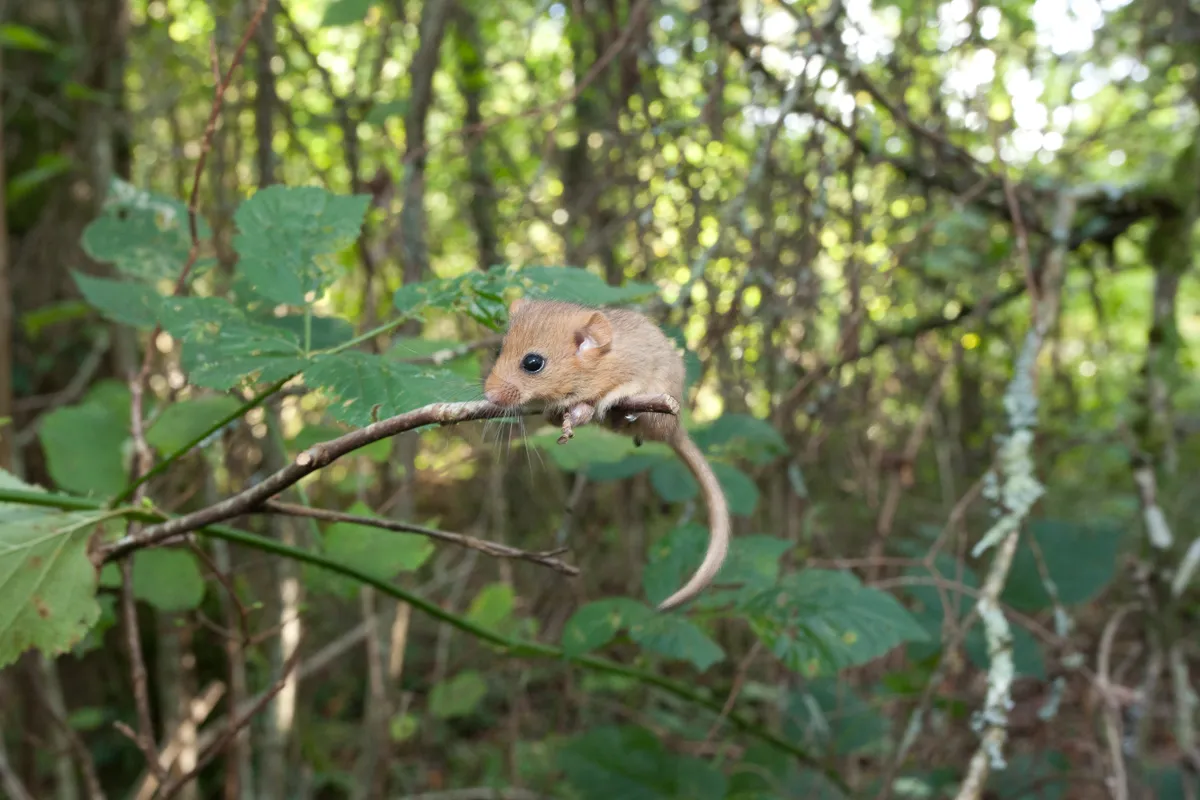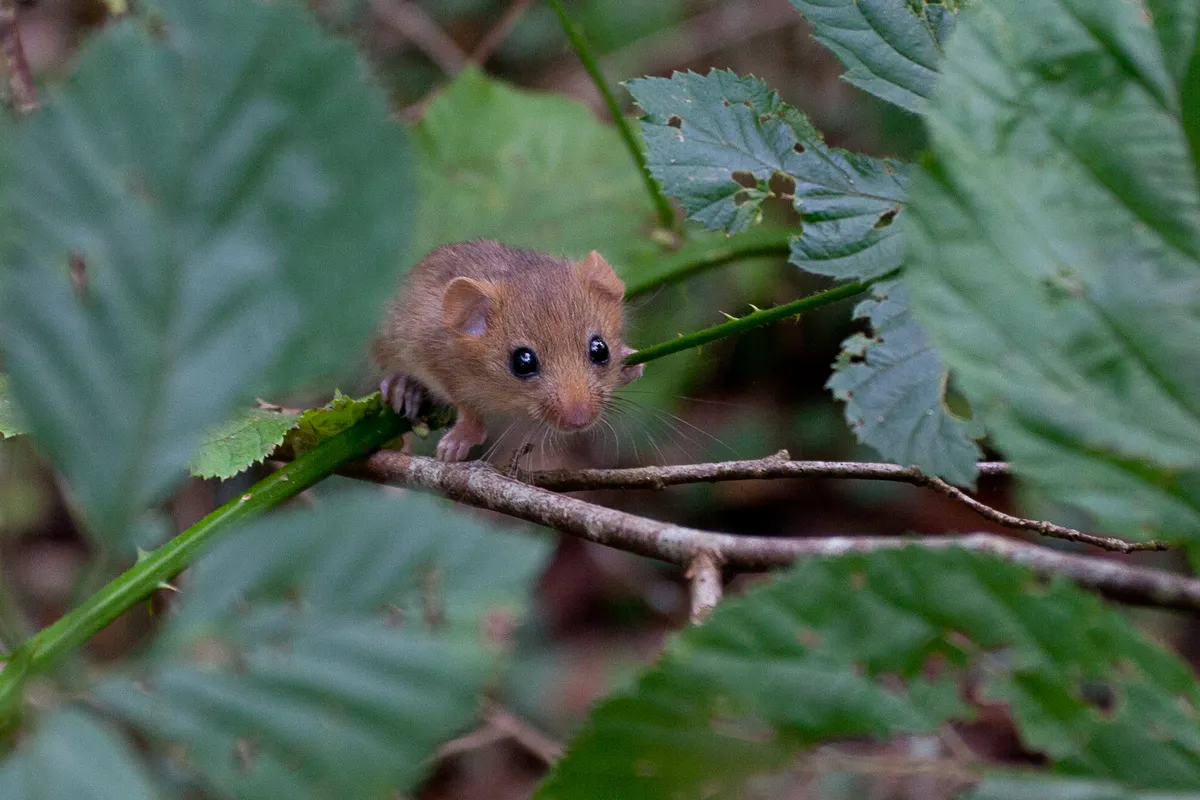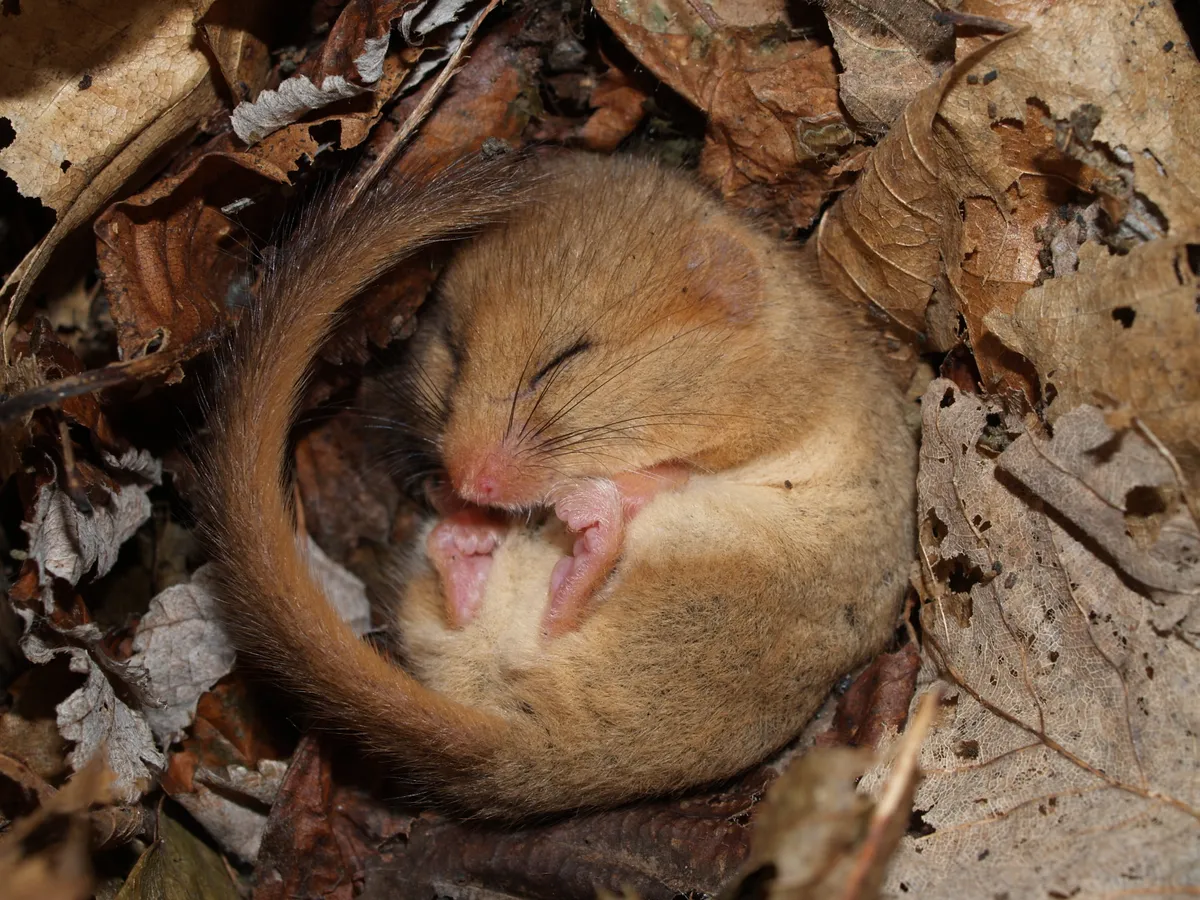Published by the People’s Trust for Endangered Species (PTES), the State of Britain’s Dormice 2019 report today paints a troubling picture for the country’s already rare hazel dormouse, where it teeters on the brink of extinction.
Already lost in 17 counties across England, the population of dormice is decreasing on average by 3.8% each year. Their stronghold is the south of the country, but they are absent from much of the northern counties.

More than 120,000 records were analysed as part of the report — which have been submitted to the conservation charity since 1990, thanks to the work of hundreds of volunteers across England and Wales — helping to put together a detailed picture of the state of the country’s struggling dormouse population.

Changing practices in woodland management have been a major factor in the animal’s decline, contributing to a loss of quality woodland habitat. Traditional management practices include coppicing, glade creation, and small-scale tree felling, but sadly these methods are becoming less common, and leave less suitable woodland for the mice.
Woodland management practices should retain woodland understory, which includes trees such as hazel, where the dormice nest, feed, and raise their young.

Ian White, Dormouse and Training Officer at PTES, explains that more sympathetic woodland management is critical to the future of the dormice: “We can help bring this species back if we alter the way we manage our landscape. By providing enough of the right habitat, which is well-connected and managed correctly, dormice, as well as a huge amount of other wildlife, can thrive once again across the country.”
Although habitat loss has had a major impact on the survival of the dormice, climate change has also contributed to their demise. Unseasonable and extreme weather can put their ability to survive over winter at risk, and limit their ability to feed their young.
But although the report highlighted the plight of the dormouse and raises serious concerns over their future, there were some positive findings that give hope to their recovery.

In some areas of the country, dormice numbers were found to be on the rise — in 29% of sites analysed for the report (96 out of 336), populations were either stable or increasing. And thanks to PTES reintroductions, dormice have been returned to 12 counties in England where they had previously been extinct.
As winter approaches, the National Trust is calling on the public to help the endangered dormouse in a few simple ways, in order to help boost their numbers.
